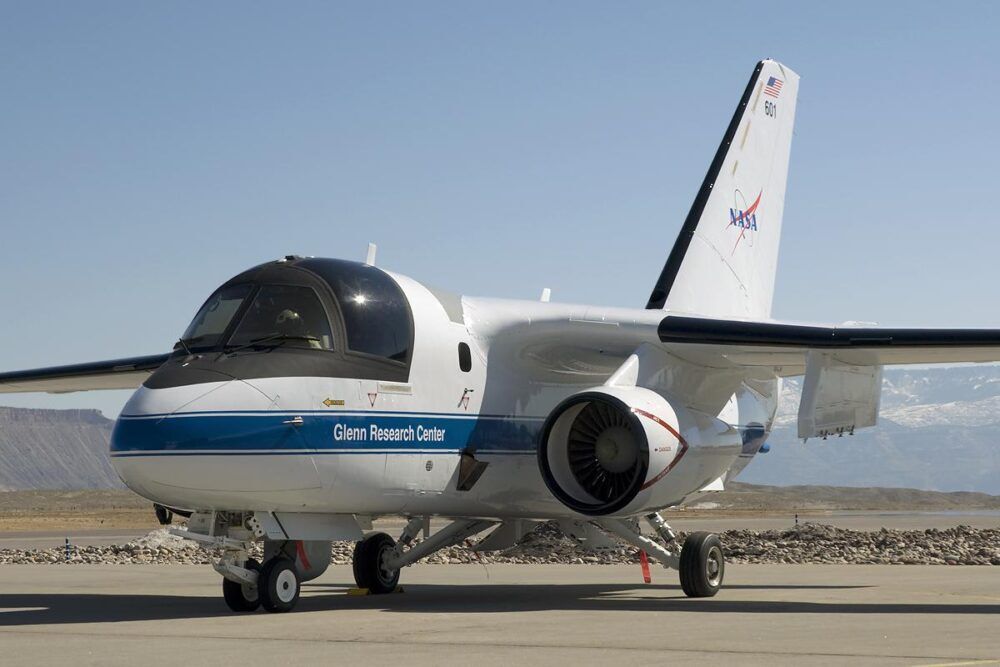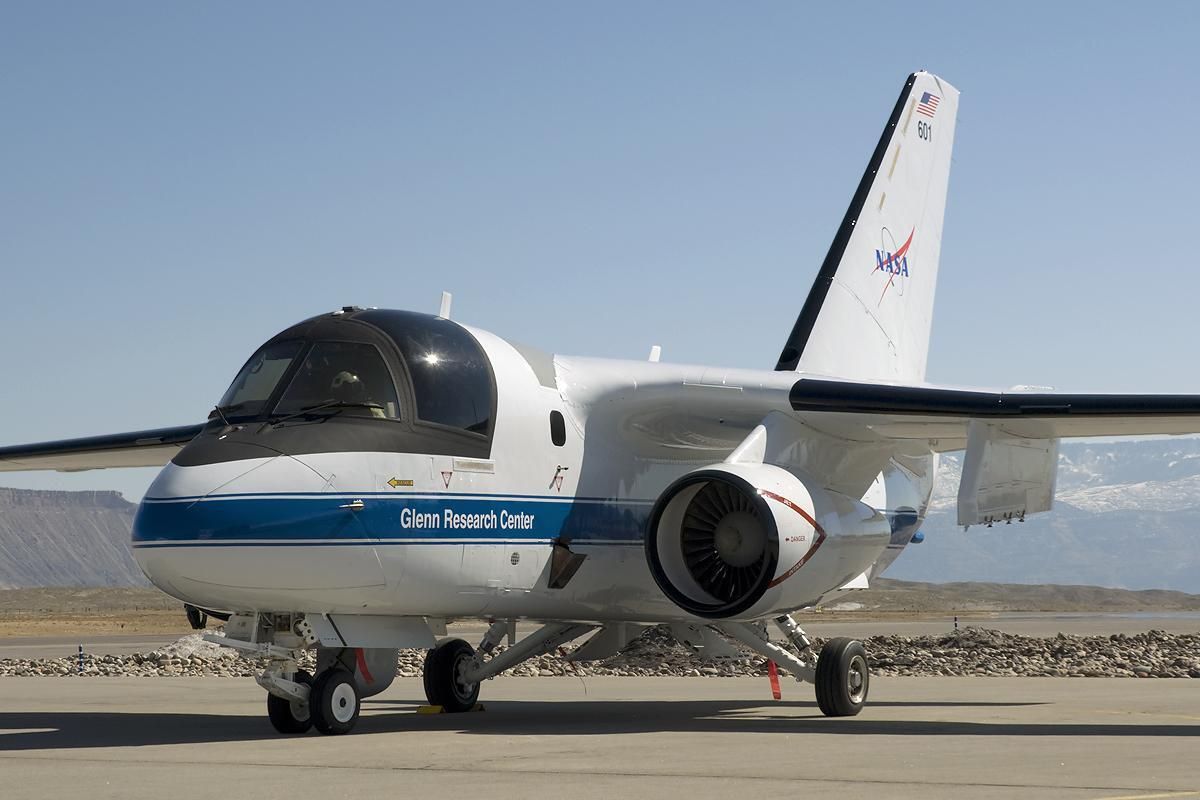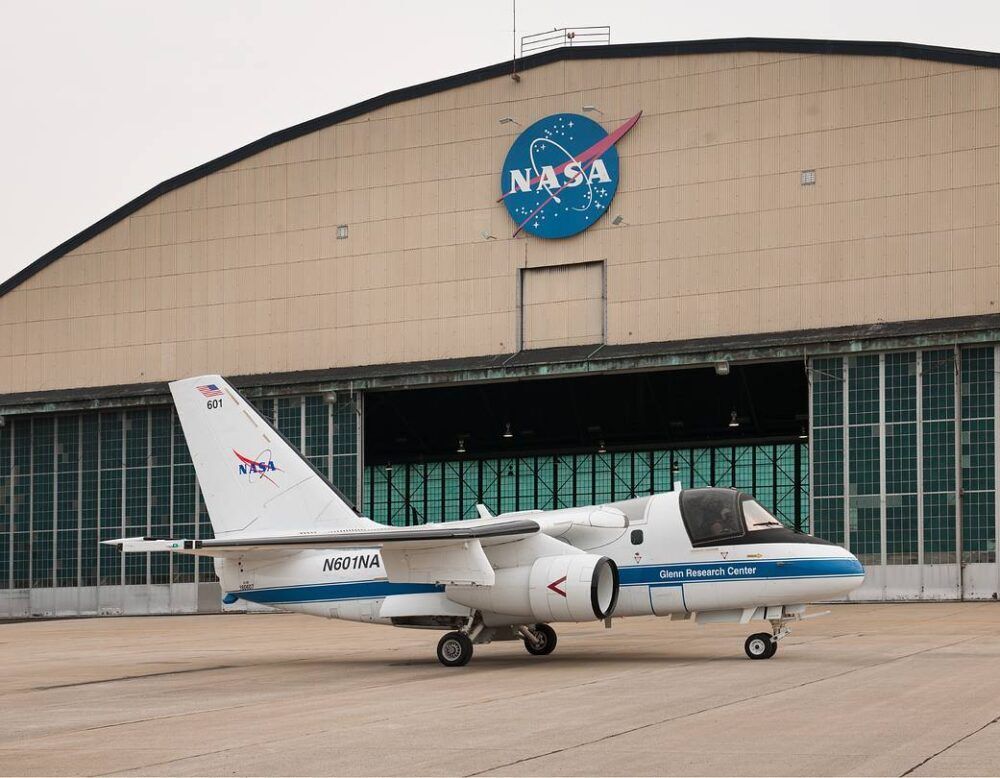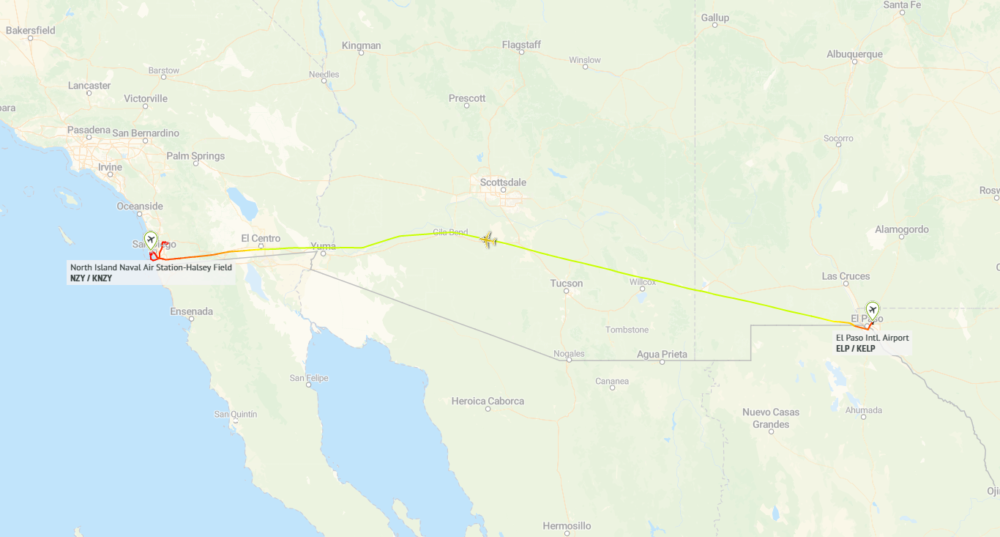The National Aeronautics and Space Administration (NASA) is known, among other things, for having a wide and interesting variety of aircraft at its disposal. While its space-going missions have taken the headlines over the years, normal planes also play an important role in NASA's operations. One such aircraft was the Lockheed S-3B 'Viking.'
When did NASA acquire the Viking?
Lockheed primarily developed its S-3 'Viking' jet for use by the US navy in the domain of anti-submarine warfare. The type first flew in January 1972, and entered active service two years later. By the 1990s, its operational focus had switched to aerial refueling and surface warfare. Moving into the 2000s, the US Navy began to drop its Vikings after three decades.
As these aircraft were released from their military service, they became available for acquisition by companies such as the National Aeronautics and Space Administration. According to AINonline, NASA obtained four ex-Navy S-3Bs in 2004. One particular example, N601NA, underwent a conversion in 2006, resulting in various interesting duties
Stay informed: Sign up for our daily and weekly aviation news digests.
What was the S-3B used for?
The aircraft's conversion process spared it of its military equipment, replacing such technology with features like satellite communications and research equipment. In the case of the former, NASA was able to use the Viking as a testbed for communications equipment as it flies steadily at low speeds and altitudes, giving a better link to ground stations.
NASA has also been known to use the S-3B in domains such as environmental monitoring (over all kinds of terrain) and aviation safety. A particularly interesting safety project saw the S-3B deployed to establish communication standards for uncrewed aircraft in US airspace. Mike Jarrell, who leads NASA's Command and Control project, states:
"This old aircraft has been a huge part of ushering in the future of aviation. The S-3B has been a perfect match for our research. It has a nice flat bottom where we can mount a variety of antennas."
The end of an era
After more than 16 years of research missions, NASA eventually opted to retire its (and indeed the world's) last S-3B Viking in July 2021. The company confirmed that its "communications research in advanced air mobility will continue using a T-34 Mentor aircraft as new standards are developed to recommend to the Federal Aviation Administration."
Having been based near Cleveland at the John Glenn Research Center, N601NA's last journey took it from Ohio to California. According to data from RadarBox.com, it left Cleveland Hopkins International Airport at 08:48 local time, and flew via El Paso, Texas.
Having stopped off at El Paso International Airport, the Viking continued westwards. It landed at San Diego's Naval Air Station North Island at 15:05 local time. Now in San Diego, it will be preserved as an exhibit at the city's Air & Space Museum (SDASM).
Did you know about NASA's Lockheed S-3B Viking? Perhaps you've even seen it for yourself? Let us know your thoughts and experiences in the comments.



